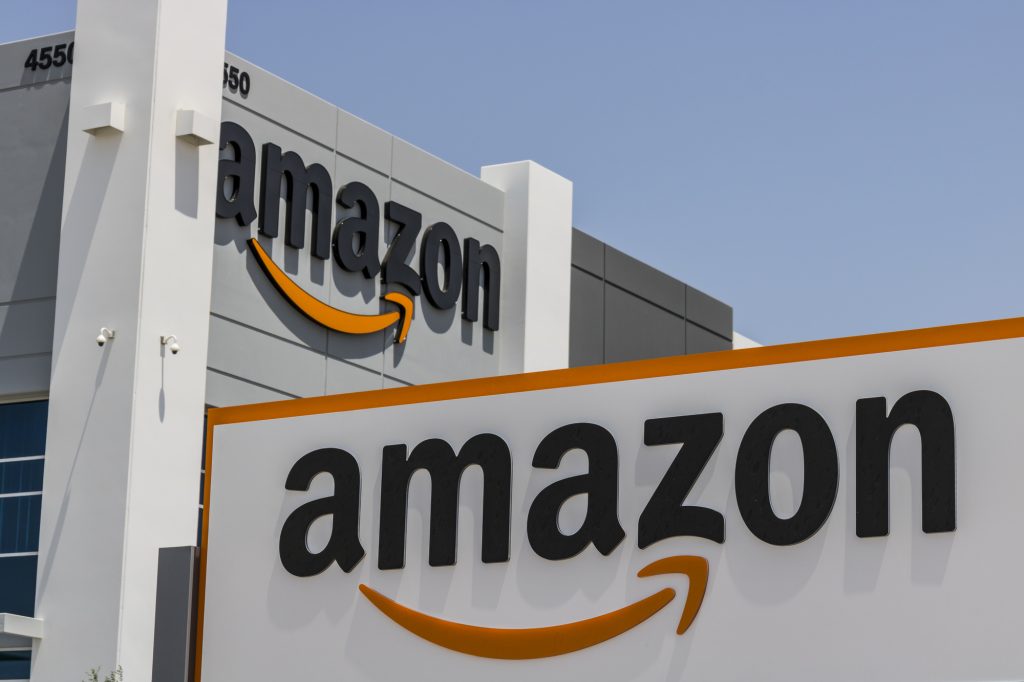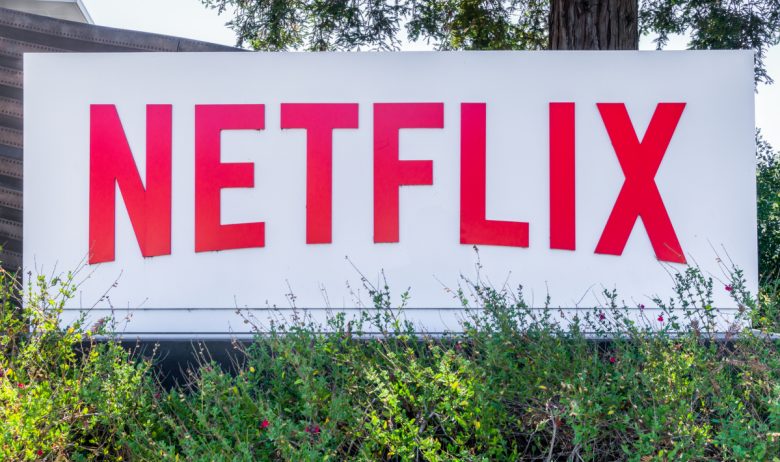When we start our businesses, we often know what we hope to accomplish. However, what businesses look like when launched may not be their final form.
When you think about some of the most successful businesses on the planet, it is easy to assume that they got there by following a clear plan and set of goals. You may be surprised to find out that in order to succeed, many of these businesses needed to change their business model.
Changing business models is often necessary when a business no longer has a competitive advantage. Companies will also change business models if their current model is no longer needed or wanted by their customers.
And sometimes, a business will change business models just because they’ve conquered its current market and see opportunities in another model.
Whatever the reason for the change, switching models is risky and can sometimes end in failure. However, there are several well-known examples of companies switching business models and reaching new heights. In this article, we’ll focus on 7 of them.

When people think of Google, they mostly think of the company as a search engine. They may also assume the company makes money from its Android operating system. However, most people would be surprised to learn that Google is primarily an advertising company. Of the $279.81 billion the company made in 2022, $162.45 billion of that came from search ads. There was another $32.7 billion that came from Google Network ads and $29 billion from YouTube ads. That means that a jaw-dropping 80% of Google’s revenues come from ads.
During the early days of Google, the company struggled to find its money-making sweet spot. But those days are in the past. The company is a well-established force in the advertising space.
However, they have successfully found a way to change their business model and pivot into another industry: cloud storage.
In 2011, the company launched Google Cloud Platform (GCP). This product offers cloud computing services to businesses, allowing them to build, test, and deploy applications on Google’s infrastructure. Although the change had a rocky start since there were competitors in the market, it seems as though the company has figured things out.
In 2023, Google announced its most profitable month, reporting an operating income of $191 million on $7.4 billion in revenues. The company is now the 3rd largest GCP in the world.
Netflix
We all know that Netflix is considered the “King of Streaming”. Even though there are many new streaming services competing for the attention of users, Netflix still enjoys the most subscribers. But, many people forget that the company started as a DVD rental service in 1997. Their business model was designed to be an online version of the brick-and-mortar giant Blockbuster.
However, as the market evolved and internet speeds increased, Netflix shifted to a streaming subscription model. This pivotal decision, which is considered to be one of the best business decisions of all time, transformed the company and the entertainment industry.
Slack
Slack is known for being the go-to workplace communication tool for many businesses. However, that was not the service the company wanted to provide when it launched. It was an internal messaging system developed for a different purpose altogether.
Slack’s origins can be traced back to Tiny Speck, a game development company. Founded by Flickr co-founder Stewart Butterfield, Tiny Speck was focused on creating an online multiplayer game called “Glitch.” As part of the game development process, the team needed a reliable communication tool to collaborate and share information.
To fix their communication issue, the Tiny Speck team created an internal messaging system. That system would later become Slack. This messaging system was designed to streamline communication, reduce reliance on emails. It was also supposed to make it easier for team members to collaborate on the game development project.
“Glitch” ultimately failed to gain traction. And, eventually, they shut it down. However, the messaging system they had developed proved to be valuable in its own right. Recognizing the potential of the communication tool, Butterfield and his team decided to pivot their business focus away from game development and concentrate on refining and commercializing the messaging system.
After rebranding and officially launching as “Slack” in 2013, the platform quickly gained popularity among businesses and organizations. The company was eventually acquired by Salesforce for $27.7 billion in 2020.
Nokia
Nokia is probably best known as the company that was dominating the cellphone industry before cell phones became “smartphones”. Many people don’t know, however, that the company’s history dates back to the 19th century. Nokia started as a pulp and paper company. The business’s purpose was to convert wood chips and other plant fibers into fiber boards that could be shipped to be further processed. About 30 years after their launch, Nokia ventured into rubber production and then electronics.
However, it was Nokia’s pivot into mobile phones in the 1990s that made it a global leader. This change in business model solidified the company’s reputation in the mobile telecommunication space. Even though most people no longer own a Nokia phone, the company remains a key player in the telecommunications infrastructure market.
PayPal

We can all thank PayPal for making online money transfers and payments possible. However, the company was initially conceived as a security software company for hand-held devices called Confinity.
Once they developed a digital wallet product and later merged with Elon Musk’s online banking company X.com, PayPal found its identity. The newly rebranded company shifted its focus to online payments. Soon after, it became the dominant force in the industry and was eventually acquired by eBay for $1.5 billion in 2002.
BlackBerry
Many people will remember BlackBerry as the original smartphone. The company was loved by business and finance professionals because of its features, emailing capabilities, and a physical keyboard. Those who owned the phones swore by its ability to make their workday easier and more productive.
But soon, other smartphones would challenge BlackBerry’s dominance. Companies like Apple and Samsung designed their iPhones and Galaxy devices to cater to not only business professionals but individuals as well. While BlackBerry was able to keep pace for a while, ultimately, they could not keep up.
The good news was that BlackBerry had one thing going for them: their software. While everyone who had an iPhone and Galaxy enjoyed its fun features, companies that valued security issued BlackBerrys to their employees. At the time, BlackBerry’s security features were the best in the world. Even former President Barack Obama said, “I am not allowed, for security reasons, to have an iPhone,” during a speech on health care in 2013.
Today, BlackBerry is still in business. In 2017, BlackBerry reinvented itself as a software company focused on providing enabling technologies to ensure the safety and security of all devices. The company claims to have secured 96 percent of the threat landscape and prevented more than 165 million cyberattacks in 2021.
Amazon

jetcityimage2/depositphotos.com
Amazon is a company that seems to max out its potential in one business model, then switch and add to its business model until it reaches massive success in that mode as well. If you think about it, Amazon started out as an online bookstore. However, these days, the company has changed its models to include cloud storage, online streaming, and even uses a retail subscription model with its Amazon Prime offering.
The company dominated the online retail space during the 2000s. However, founder Jeff Bezos wasn’t satisfied by just being the biggest and best e-commerce company on the planet. He decided to venture into the digital services market by launching Amazon Web Services (AWS). Similar to Google’s cloud computing pivot, but with a focus on catering to businesses and developers.
AWS has since become one of the company’s most profitable segments and is dominating the cloud computing market. Amazon’s market share in the worldwide cloud infrastructure market amounted to 32 percent in the first quarter of 2023.
Also read:
10 Successful Companies that Started in a Garage
10 Companies that Failed Due to Poor Management
21 Types of Business Models With Examples
10 Companies that Failed to Innovate and Paid Dearly for It












Pingback: 5 Companies that Took a Risk and Succeeded - StartUp Mindset
Pingback: 9 Companies That Failed But Made Big Comebacks - StartUp Mindset
Pingback: 7 Rules of Change Management - StartUp Mindset
Pingback: Fascinating Methods & Tactics That Can Help Your Internet Venture Grow ·
Pingback: 7 Companies that Successfully Changed Business Models - Ikaroa
Pingback: 7 Companies that Successfully Changed Business Models | Entrepreneur Canada
Pingback: 7 Companies that Successfully Changed Business Models – Andrea Zanon
Pingback: 7 Companies that Successfully Changed Business Models – Joseph Odierno Buffalo
Pingback: 7 Companies that Successfully Changed Business Models – Austin Rotter